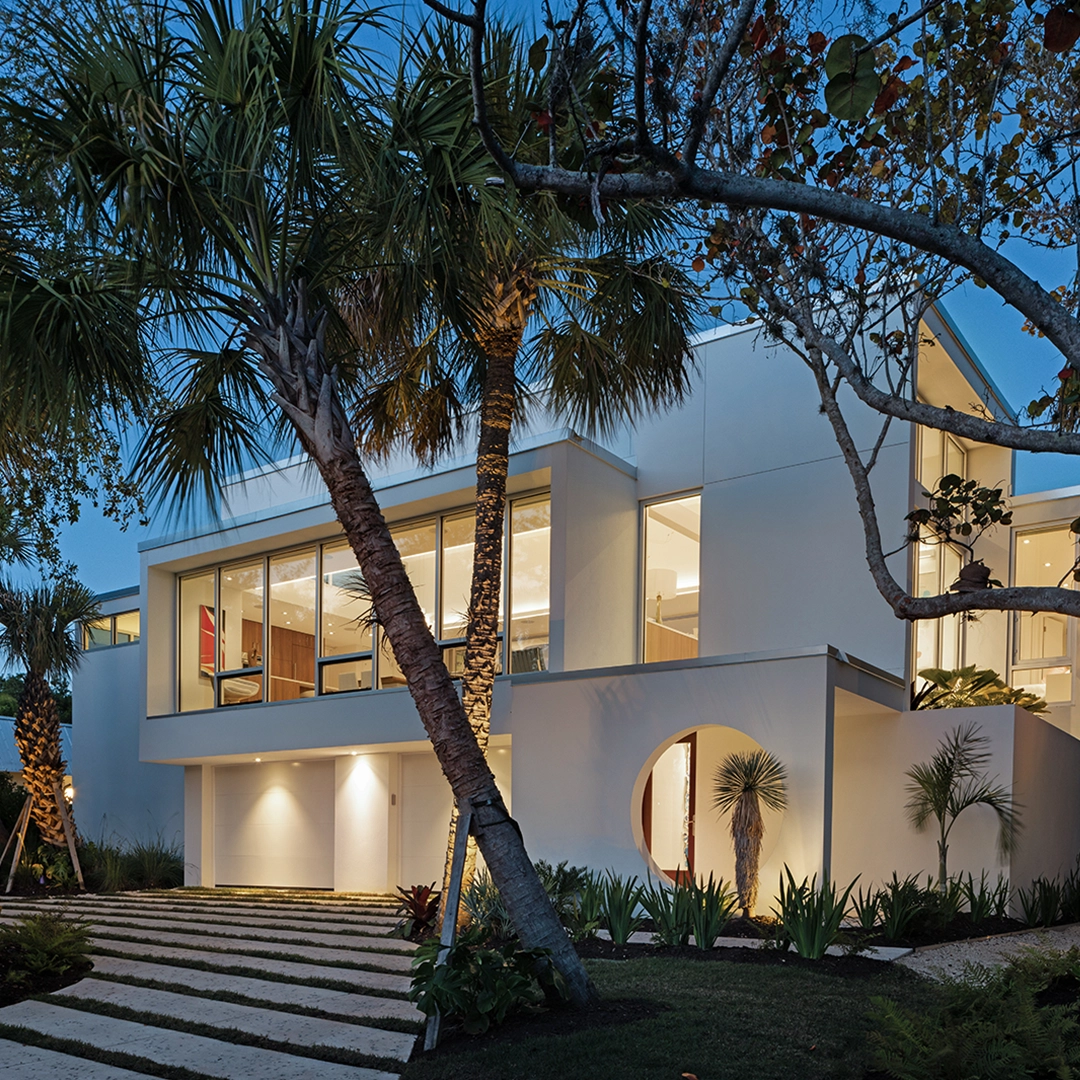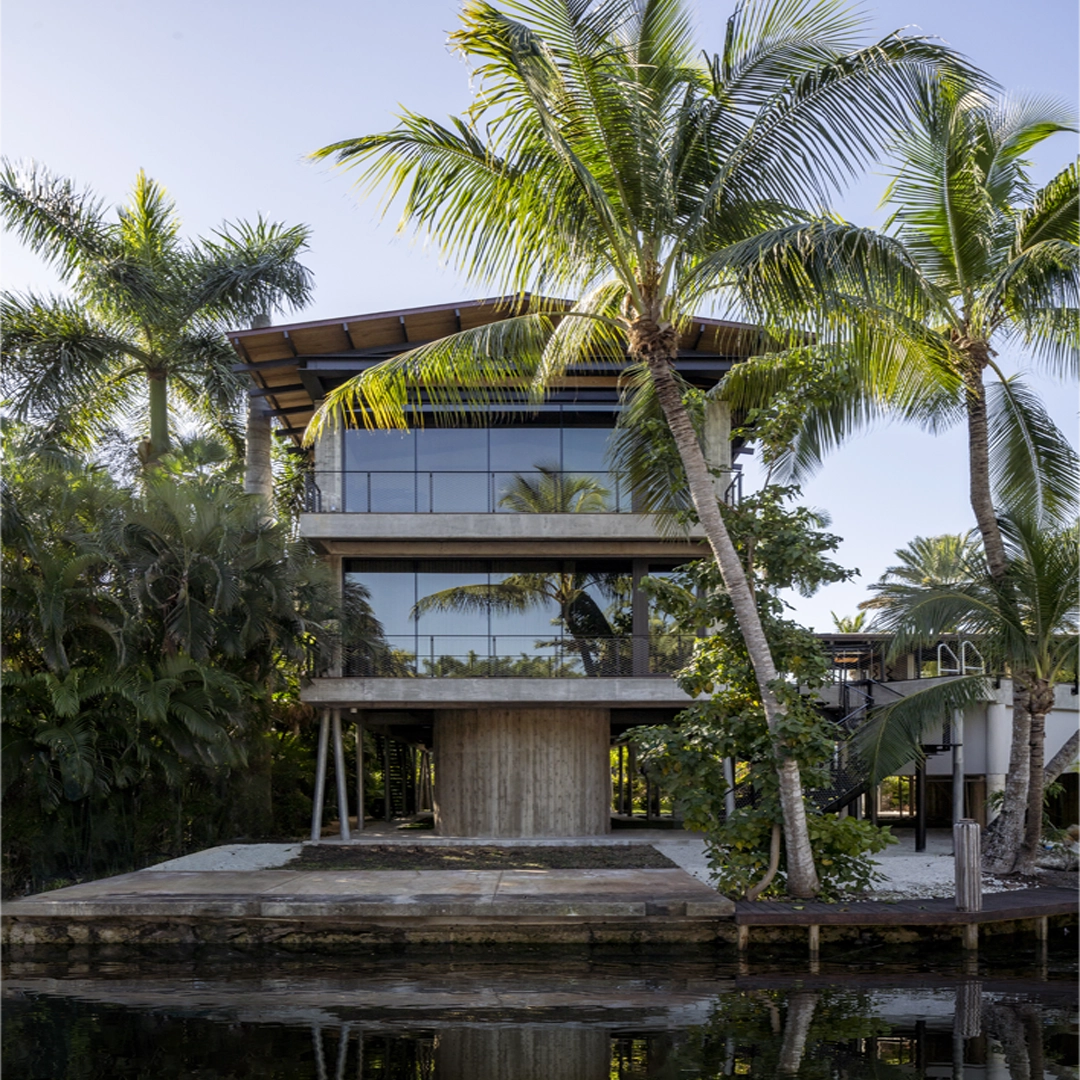by Eric Barton | September 15, 2020
The Quiet Demise of Florida’s Room
A space where we shared memories and the afternoon sun is becoming extinct.

Richard Blanco had an idea for a poem that was quite personal, a love letter of sorts, to a room, the place in his childhood home where his family celebrated birthdays and traded Christmas presents and spent every night in the mismatched chairs that lined it. There was just one problem.
“My editor in New York said, ‘OK, but what’s a Florida room?’”
So Blanco started his poem, “El Florida Room,” from Looking for The Gulf Motel (University of Pittsburgh Press, 2012), with an explainer:
Not a study or a den, but El Florida
as my mother called it, a pretty name
for the room with the prettiest view
of the lipstick-red hibiscus puckered up
against the windows, the tepid breeze
laden with the brown-sugar scent
of loquats drifting in from the yard.
For most of us who live in the Sunshine State, the Florida room needs no explanation. It’s a place many of us had back in the day, before a renovation, likely a place that exists now just in memories of hours whittled away in the afternoon sun.
For those unfamiliar—and Florida Room is not a phrase used everywhere—you might call it a solarium. It’s a space enclosed by walls full of windows and a foundation often set a couple steps lower than the rest of the house.
It’s unclear exactly when Florida rooms became a thing, but Kelley Robinson, an interior designer and assistant professor in Florida State University’s Department of Interior, Architecture & Design, figures they became popular largely before air conditioning took hold, when the jalousie windows let a morning breeze blow through and afternoon rainstorms drowned a summer’s heat.

That’s also a reason why they’re going away, Robinson says. Modern hurricane regulations make the spaces too expensive to justify—a wall of impact windows would cost tens of thousands alone, and the low floor would be deemed susceptible to flooding. Not to mention, Florida rooms don’t exactly fit into the trendy open-concept floor plans people favor nowadays.
“To me it just makes sense that people have taken what they’ve had and improved it, and so the Florida rooms have gone away,” she says.
The Florida room in the childhood home of Richard Blanco, however, remains the same as he remembered it: crowded with furniture including a couch, loveseat, two loungers and mismatched dining room chairs all spread out along the orange sherbet walls, ready for a last-minute family gathering. There’s a wall AC unit to fight the heat from the sun filtering through louvered blinds. Earlier this year, he returned to Miami for a job teaching creative writing and literature at Florida International University. When he spends an afternoon in his mom’s Florida room these days, he thinks back on all that time he spent there years ago.
“It’s wonderfully odd,” he says, “in the way memories come back to you.”





